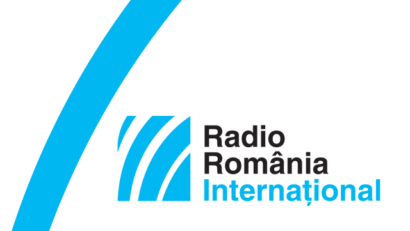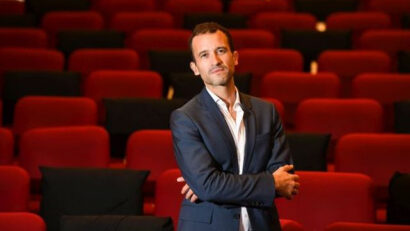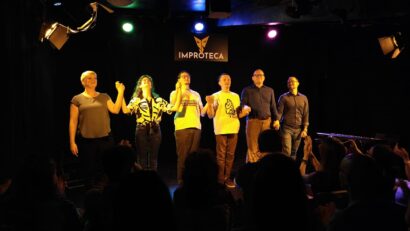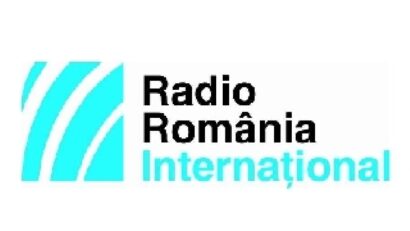Traditions on Orthodox Easter
A look at the some of the traditions still preserved in some areas of Romania
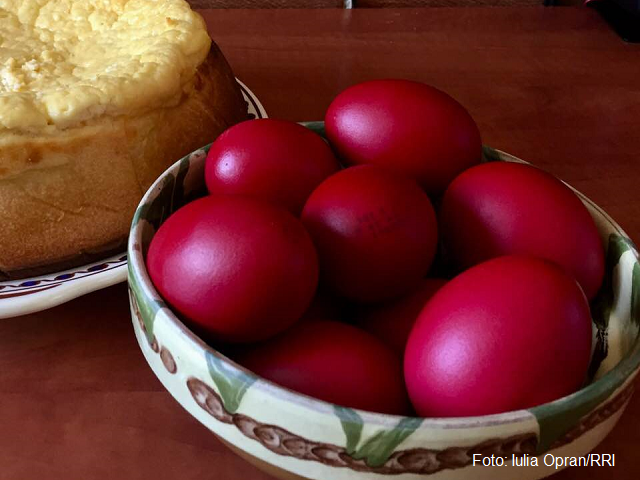
Monica Chiorpec, 16.04.2023, 14:00
Easter is the biggest celebration in the Christian calendar. It is
celebrated at the end of Lent, marking the Resurrection of Jesus Christ.
Ethnologist Florin-Ionuț Filip Neacşu told us more about the significance of
Easter celebrations for Orthodox Christians.
Easter is the most important religious holiday for Romanians and
for Christians in Eastern Europe, which is predominantly
Eastern-Orthodox. Unlike Western Christianity, where Christmas holds pride of
place, in Romania, Russia, Ukraine, Greece but also in Syria, Palestine and
Egypt, Easter is the most important. In Romania, as early as the first two
centuries A.D. the disciples of the original apostles reached Dobruja, then
started spreading the gospel to the rest of modern-day Romania. Therefore,
Easter became an important celebration. According to ethnographic and
historiographic studies, it seems Easter overlapped with certain celebrations
of spring. The essence of Christianity is the Resurrection of our Lord, making
Easter the biggest holiday in Europe and in the Eastern Mediterranean. Starting
1925, when the first Patriarch of the Romanian Orthodox Church was appointed,
the Easter mass has been celebrated at midnight, when Christians are given the Resurrection
light.
Painting eggs and preparing traditional food are the main activities
in Romanian households around Easter. Maramureș is one of the areas where
Easter traditions are kept alive. Delia Suiogan with the North University of
Baia Mare told us more.
On Mondays, people put out their clothes to air, so the sun can
breathe new life into them. The first three days of the week are therefore
devoted to house cleaning activities. People would repair their wooden floors,
paint their walls and clean the house. Additionally, starting Thursdays, people
start preparing food for Easter Sunday. On Friday, no kneading and baking is
allowed, therefore the dishes are usually prepared on Thursday. This is usually
the day when people paint eggs, and they prepare food packages to give to the
poor. On this day, people celebrate their dead and make peace with their peers.
The food given to the poor need not necessarily contain painted eggs, but even
raw eggs, particularly when we’re talking about very poor families, who have
nothing to put on the table for Easter. Black Friday, as it is usually called
in the traditional calendar, is a day of rest. It is a day devoted to
reflection, when people fast during the entire day and reflect on the sins
taken away by Christ’s supreme sacrifice. On Saturdays, people return to their
household chores, kneading the dough for pound cake or the sweet cheese Easter
Cake known as Pască. It is usually the house elders that do the kneading. The
Easter Cake is a mix of unleavened dough and sweet cheese. It is related to an
agrarian ritual, but it is also a dairy food, which makes the transfer of power
from the world of plants and animals to humans. Sacrificing lambs on Saturday
is symbolic of Christ’s sacrifice on the Cross. People prepare stuffed lamb,
lamb meatloaf and lamb stew for Easter Sunday.
On this special occasion, in the old days people would never eat the
food they prepared before it got a proper blessing. They would bring food in
baskets at the Church so priests could bless all the food that would be eaten
at Easter Sunday. Therefore, this festive meal was steeped in symbolism and
rituals, as Florin-Ionuț Filip Neacşu told us.
In some areas of the country, people bring the dishes they have
prepared for Easter to church for blessing. These include red-painted eggs in
particular, symbolizing life and resurrection. This is actually a carry-over
from earlier times, going back to the Celts and the Thracians. People would
cook a lot of food, including sour soup of lamb soup. It was customary in the
Hebrew tradition to sacrifice lambs, sheep and goats for Easter. In
etymological terms, Easter means passing in Hebrew and Christians
reinterpreted the word as a passage towards the Light of the Resurrection. In
Bukovina, Bessarabia and Moldavia, as well as in Eastern Transylvania, apart
from Easter Cake and other traditional Easter dishes, such as lamb meatloaf,
people also prepare the so-called Pască, a pie or cake made with sweet cheese
and raisins, with a cross-shaped bread on top. In central and western
Transylvania as well as in Banat, people make a special Easter bread called
pască, which is blessed in Church and given to the people attending mass.
Another well-preserved tradition across various regions of Romania
can be observed today in Maramureș and is related to the blessing of the Easter
bread and dishes. People here fast on Saturday night until Sunday morning.
During this interval they continue to eat fasting dishes, and eat sugar only
on Sunday morning, when they return home with the baskets filled with blessed
dishes. The blessing ritual is very specific. People line up in front of the
church, carrying baskets with food adorned with handmade kitchen cloths, each a
symbol of community identity. (VP)

